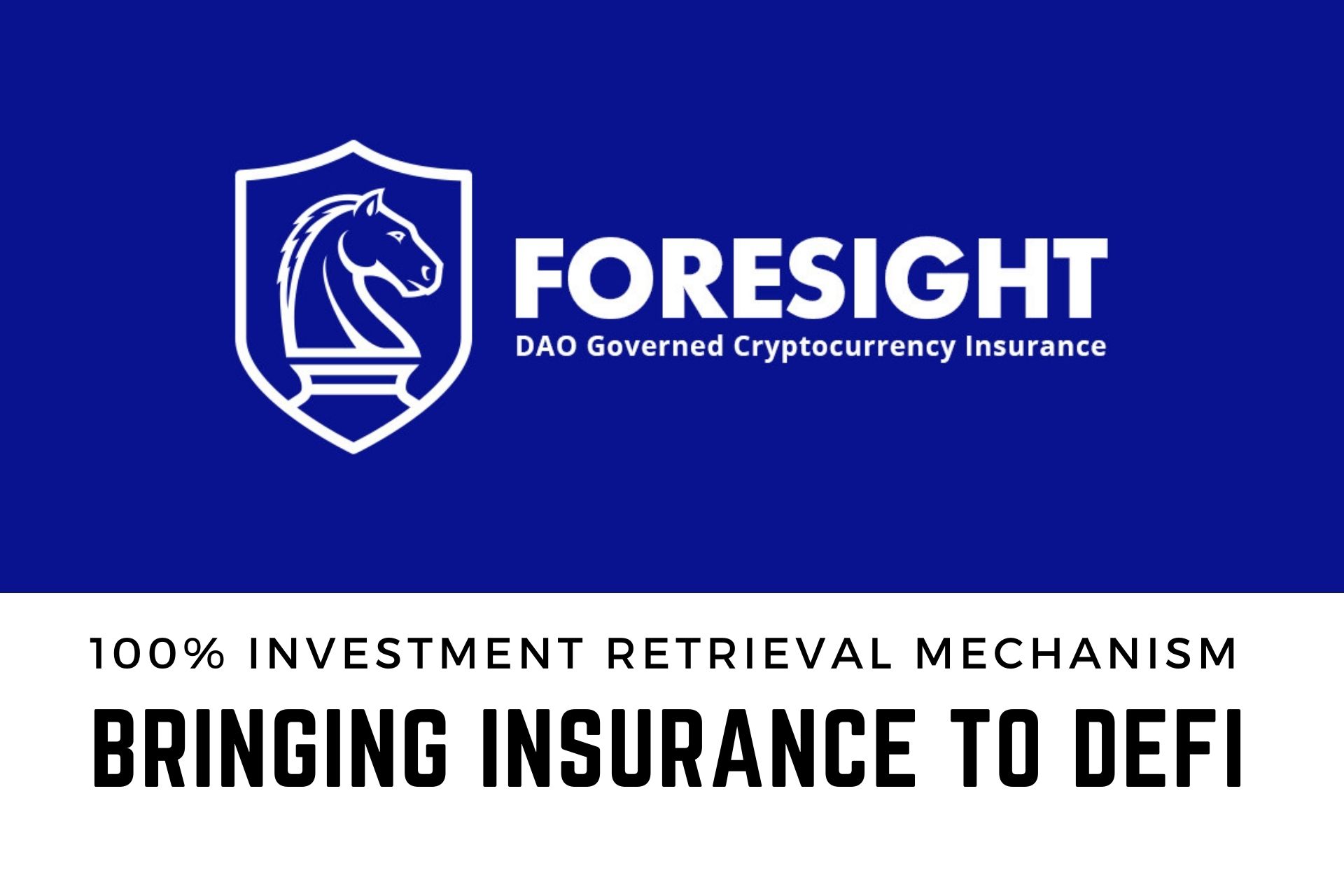
We can help you with this over here, Laura. Doing so can be enough to lose a client or earn a negative review.Ĭonversely, a helpful reply that makes your customer’s life easier can earn ongoing loyalty at renewal time. You can’t ignore customer inquiries and concerns that come through these platforms. Channels like Messenger and WhatsApp have become critical for support. Your clients – and potential clients – expect to find you on the channels they use everyday. Social customer service is no longer optional for insurance brands. You can show that your workforce is made up of real people who have your clients’ best interests at heart. These are both opportunities to humanize your brand. And it’s a great vehicle for behind-the scenes content. Social media provides two-way communication. Insurance companies have work to do when it comes to increasing consumer trust. It hasn’t risen above neutral in these countries for personal insurance, either. That said, trust for property/casualty insurance is still below 50% for most of the G7 countries.

Trust in personal and property/casualty insurance increased in 2022. 'Cause falling asleep with a pizza in the oven happens fr … 🫢 /cIWmLqGK1GĬleaned the 🏠 and filled the closet. Content ranges from tips to consider when buying a new home to simple positive thoughts.Ĭheck the smoke detectors in your new house. But it does keep Progressive on the radar of 68,000 followers. The account posts almost no content about Progressive’s policies. Rather than a brand account, they have an account for their well-known spokeswoman, Flo. In turn, you stay front of mind when people think about buying a new policy.Ĭonsider how Progressive Insurance uses Twitter. So they offer a valuable opportunity to increase brand awareness.ĭeveloping a strong brand voice is key to becoming recognizable on social channels. Social tools reach people where they already spend time online. How is social media used in insurance? Building awareness
#Foresight insurance download
Climate change risk assessment based on forward-looking information and climate change scenarios is a central component of the TCFD recommendations, and is arguably the most challenging to implement.Bonus: Download our free, customizable social media calendar template to easily plan and schedule all your content in advance. The overall aim of the pilot project is to contribute to the development of consistent and transparent analytical approaches that can be used to identify, assess and disclose climate change-related risks and opportunities in insurance portfolios in a forward-looking, scenario-based manner. It serves as a prelude for the final report to be published by the end of 2020. This document discusses the overall approach and outlines the key insights so far. This study on insurance follows the TCFD studies done by UNEP Finance Initiative on banking and investment. The TCFD recommendations are structured around four thematic areas that correspond to core operations of an organisation-governance, strategy, risk management, and metrics and targets. Over the past eight months, 22 leading insurers and reinsurers from across the globe (“the pilot group”) have been collaborating under the auspices of UN Environment Programme’s Principles for Sustainable Insurance Initiative (PSI) to explore and pilot methodologies that insurers can use towards implementing the recommendations of the Financial Stability Board’s Task Force on Climate-related Financial Disclosure (TCFD) with valuable advice to the pilot group and review by PwC and the Sabin Center for Climate Change Law. Using hindsight and foresight: Enhancing the insurance industry’s assessment of climate change futures


 0 kommentar(er)
0 kommentar(er)
